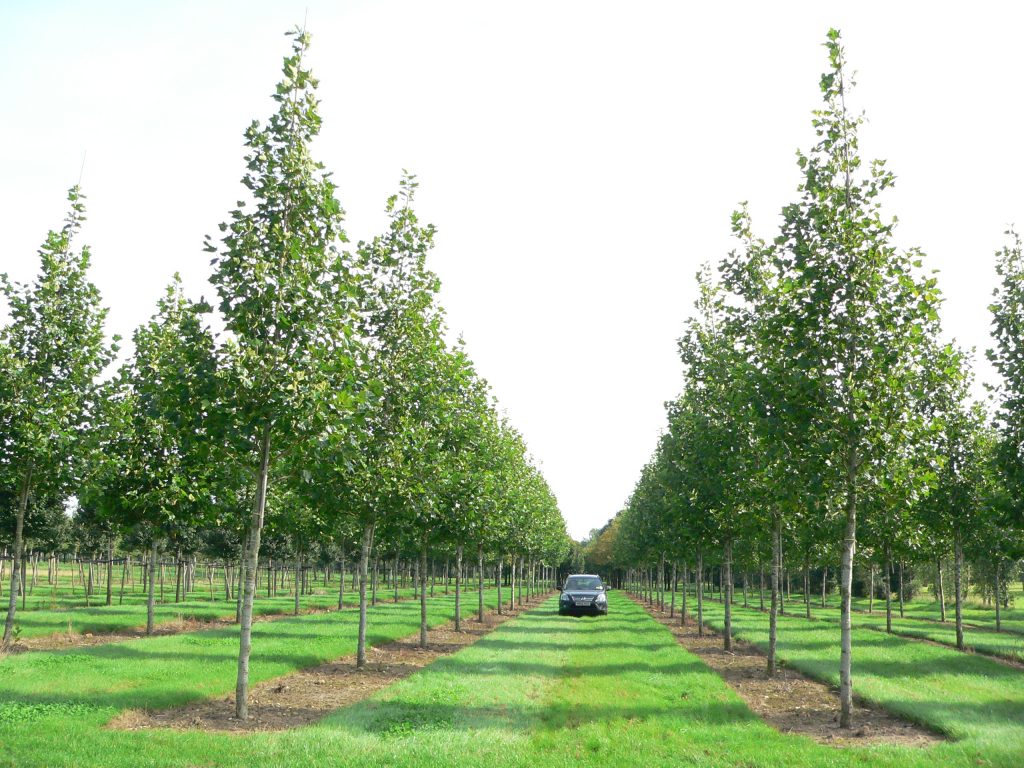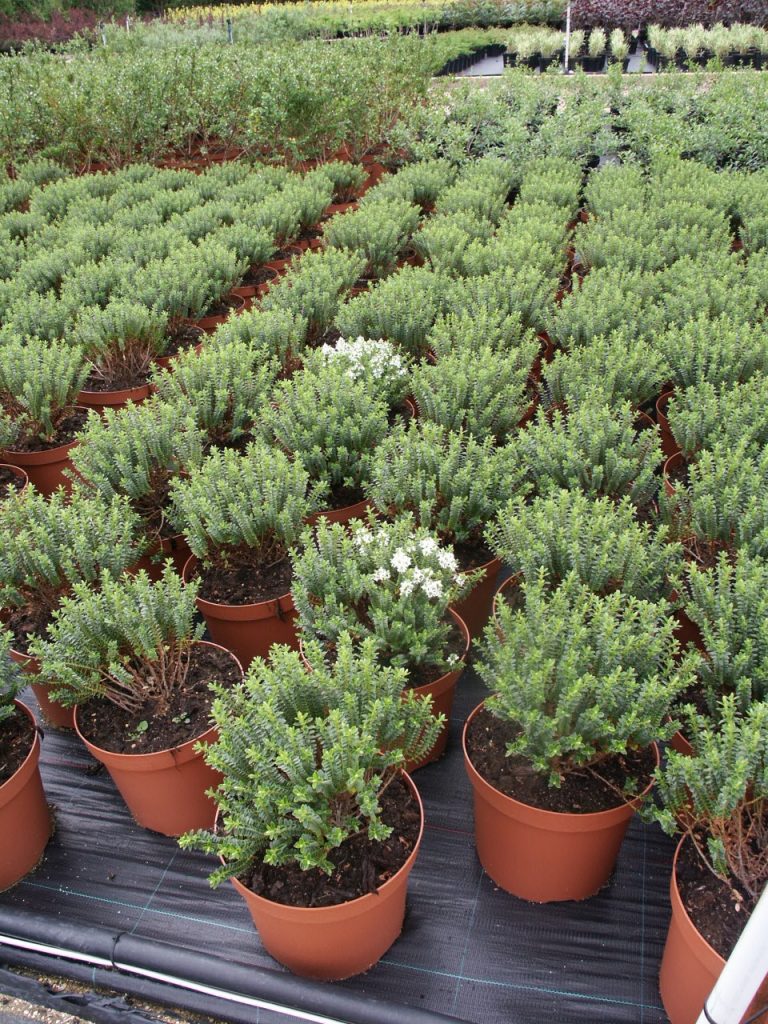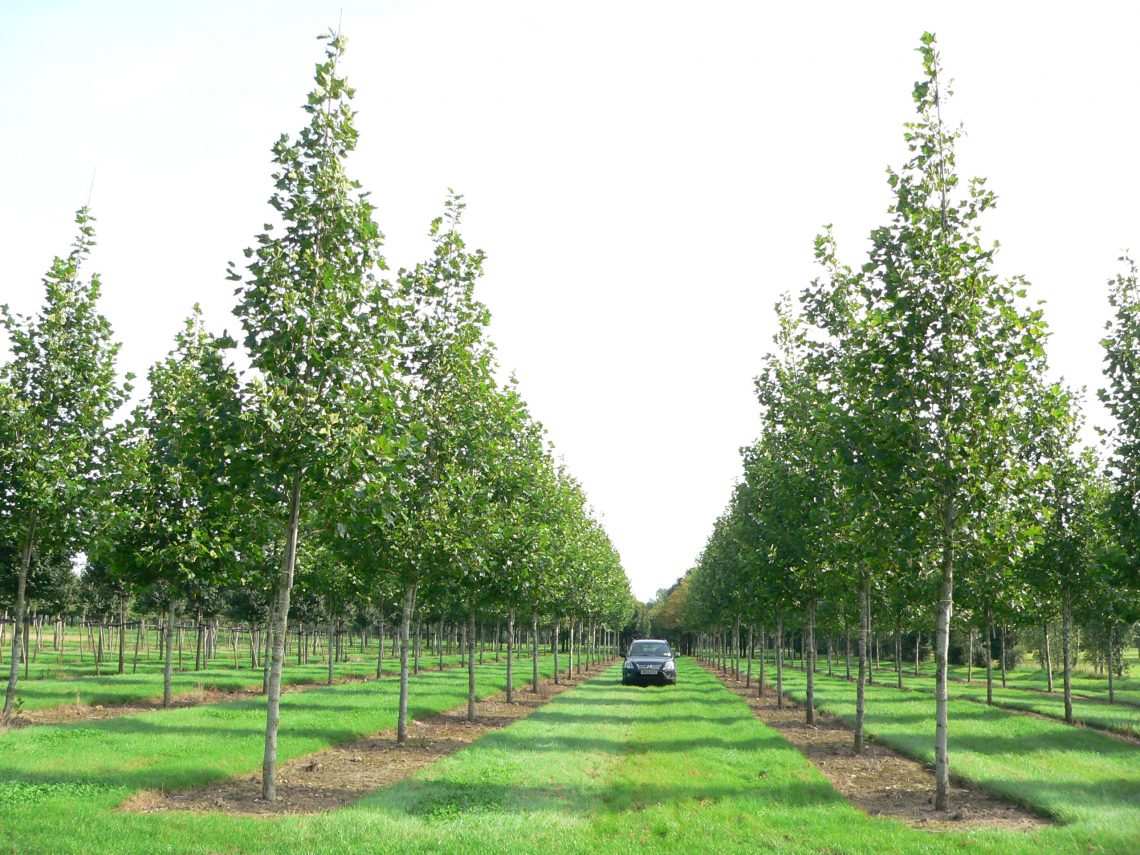Comments recently spotted on LinkedIn got me thinking about longevity. The original post was about the moving of a mature Pin Oak (Quercus palustris) in The Netherlands, which was written by a specialist contractor (I think; my Dutch only extends as far as double) concentrated on the action of moving the tree by a specialist arboricultural contractor. The preparation for the lift and shift took one year with extensive reduction in canopy and roots and the aftercare is planned for three years to ensure it survives the trauma (my word not theirs). The post gave little information as to the reason for the move.
Reading on, amongst many congratulatory comments on the achievement, I spotted two that caught my eye. The first read ‘Wow – amazingly small rootball, next time I’m told we can’t move a mature tree…’ and the second ‘amazing – an idea for the next tree that gets in the way!’
Red rag to a bull. I am a landscape architect and so you will be unsurprised at my response comment of ‘not sure trees get in the way… maybe the designs need rethinking to work with them’. Quick retaliatory recovery from the architect ‘you are right – some of the most interesting projects as as a result of site constraints’.
This got me thinking. How long does a tree live? How long should a building last? Quizzing various helpful architects and consulting guidance to hand, I established that a school is designed to last 60 years, much the same as the average house. But underlying this is the ‘Trigger’s Broom’ theory. (If like me you are a little shaky on your ‘Only Fools and Horses’ knowledge, you can check this out below…
…along with connections to Greek philosophy; Daft as a brush: the ancient philosophy of Trigger’s broom (credit to Paul Cassidy of IDP Partnership for his most amusing approach to my serious questioning).
The theory is set out in NHBC guidance is that whilst the structural elements of a house should last minimum of 60 years, other non-structural elements have a much shorter requirement of 15 years.
DfE guidance sets out more minimum timescales for some external elements: 40 years for roads and pavements, 15 years for fencing and 10 years for external furniture.
But in comparison how long does a tree last? Broadly speaking the larger the species, the longer it lives. Let’s take the London Plane. A beautifully statuesque large tree, fantastic at managing in atmospheric pollution, living with root compaction and able to filter out with particulate pollution. The earliest recorded London Plane is in Ely and is around 330 years old. This dates it back to the 1680’s when James II was on the throne. AND…. it’s still growing! An extreme example but you get the point. The life expectancy of a London Plane that’s unharmed by man or disease is, as yet, unknown. A single Plane tree, aged around 232 years, in London’s Berkeley Square has been valued, as a natural asset by tree officers, for the sum of £750,000, recognising its contribution to green infrastructure, pollution control and heat gain prevention, as well as contributing to the health and well-being of the green space users.

Above is a London Plane at a size of 35-40cm girth. Not very large but certainly on the upper scale of affordable tree planting. It’s already 22 years old – dating it back to 1999 as a seedling – the year the London Eye was lifted into position and the minimum wage was introduced at £3.60 / hour.
A mere toddler as Plane trees go, but before a brick is laid it’s already 1/3 the age of the minimum expected lifespan of a school, which could have seen a new flat roof (at 15 years), new outdoor furniture twice (at 10 and again 20 years) and a new surface to the play area (at 20 years). If it got to ‘Ely’ age then the structural elements of the school could have been replaced 5 times over. I realise the last is stretching the imagination somewhat – but am I mad to think a modern school might be refurbished again and again for the next 300 years? Could it be? In the modern age are we just using the wrong materials or bowing to inadequate budgets? Will sustainability and technology prolong lifespans? Should you strive to make your next school a perpetual ‘Trigger’s broom’?
Even shrubs that take a bashing, being stood on whilst gutters are fitted and splashed with paint when the trades all get busy at the end of a project, could have already been growing longer than the project’s rise from inception to construction. These are Hebes, in 10 litre pots, all around 5 years when brought to site and could last 10-20 years more. Far longer than the window blind systems.

The problem is, however, that you can’t apply the ‘Trigger’s Broom’ theory to any plant. You have to start again if it starts to deteriorate. Or when it is moved and doesn’t make it. Maybe the answer is indeed to work around them and give your average tree the fighting chance of being considered an opportunity, not a constraint, for this school, and the next school and the next….
